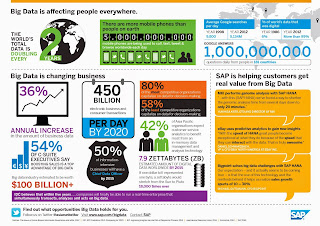The Strange Order of Things. How sensors can understand your feelings ?
The Strange Order of Things: Life, feeling and the making of cultures by Antonio Damasio Follow him on Twitter ---- For decades, biologists spurned emotion and feeling as uninteresting. Antonio Damasio, a professor of neuroscience, psychology and philosophy, sets out to investigate “why and how we emote, feel, use feelings to construct ourselves and how brains interact with the body to support such functions”. He demonstrates that we are our chemistry and that feelings are central to the life-regulating processes which keep us alive and thriving. What the body feels is every bit as significant as what the mind thinks and we can turn to emotions to explain human consciousness and cultures. It is worth spending a few minutes reading the praise section as the depth and quality will confirm this book is worth taking seriously. You may not like the content or agree with it - but it is worth reading. The link here to data and sensors is that maybe we can deter...
